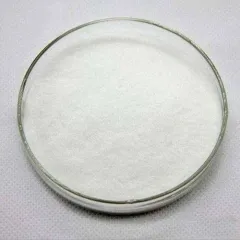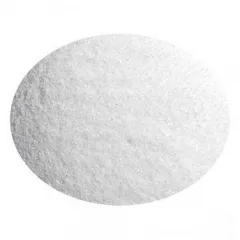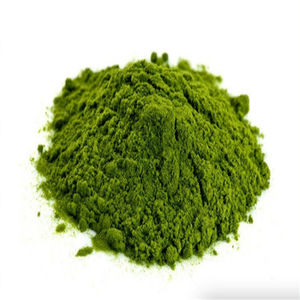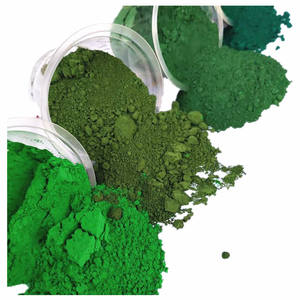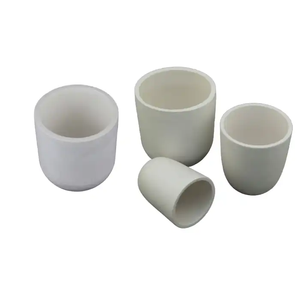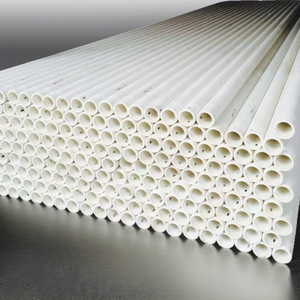1. Basic Properties and Crystallographic Diversity of Silicon Carbide
1.1 Atomic Structure and Polytypic Intricacy
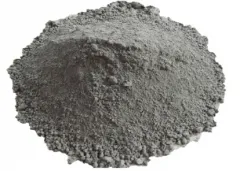
(Silicon Carbide Powder)
Silicon carbide (SiC) is a binary compound made up of silicon and carbon atoms arranged in a very secure covalent lattice, identified by its outstanding firmness, thermal conductivity, and digital buildings.
Unlike traditional semiconductors such as silicon or germanium, SiC does not exist in a solitary crystal framework however manifests in over 250 distinct polytypes– crystalline kinds that differ in the stacking series of silicon-carbon bilayers along the c-axis.
One of the most highly appropriate polytypes consist of 3C-SiC (cubic, zincblende structure), 4H-SiC, and 6H-SiC (both hexagonal), each showing subtly different digital and thermal qualities.
Amongst these, 4H-SiC is particularly favored for high-power and high-frequency digital tools due to its higher electron flexibility and reduced on-resistance contrasted to other polytypes.
The strong covalent bonding– comprising roughly 88% covalent and 12% ionic personality– provides amazing mechanical strength, chemical inertness, and resistance to radiation damages, making SiC ideal for operation in severe environments.
1.2 Electronic and Thermal Characteristics
The digital supremacy of SiC comes from its large bandgap, which varies from 2.3 eV (3C-SiC) to 3.3 eV (4H-SiC), substantially bigger than silicon’s 1.1 eV.
This large bandgap allows SiC devices to run at much higher temperature levels– as much as 600 ° C– without intrinsic service provider generation frustrating the tool, an important constraint in silicon-based electronic devices.
Additionally, SiC has a high vital electric area toughness (~ 3 MV/cm), approximately ten times that of silicon, allowing for thinner drift layers and greater malfunction voltages in power gadgets.
Its thermal conductivity (~ 3.7– 4.9 W/cm · K for 4H-SiC) exceeds that of copper, helping with reliable heat dissipation and lowering the requirement for intricate air conditioning systems in high-power applications.
Combined with a high saturation electron velocity (~ 2 × 10 ⁷ cm/s), these buildings allow SiC-based transistors and diodes to change quicker, take care of higher voltages, and run with greater power effectiveness than their silicon counterparts.
These features collectively place SiC as a fundamental product for next-generation power electronic devices, especially in electric lorries, renewable energy systems, and aerospace technologies.
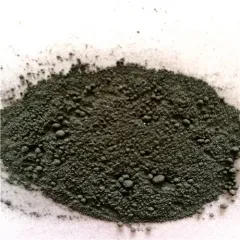
( Silicon Carbide Powder)
2. Synthesis and Construction of High-Quality Silicon Carbide Crystals
2.1 Bulk Crystal Development by means of Physical Vapor Transportation
The manufacturing of high-purity, single-crystal SiC is just one of the most challenging facets of its technical implementation, mainly as a result of its high sublimation temperature level (~ 2700 ° C )and complex polytype control.
The leading technique for bulk development is the physical vapor transport (PVT) technique, also referred to as the customized Lely approach, in which high-purity SiC powder is sublimated in an argon ambience at temperature levels going beyond 2200 ° C and re-deposited onto a seed crystal.
Accurate control over temperature gradients, gas circulation, and pressure is essential to minimize flaws such as micropipes, dislocations, and polytype incorporations that weaken gadget performance.
Despite developments, the growth rate of SiC crystals remains slow– normally 0.1 to 0.3 mm/h– making the procedure energy-intensive and pricey contrasted to silicon ingot manufacturing.
Recurring research focuses on enhancing seed positioning, doping uniformity, and crucible design to enhance crystal top quality and scalability.
2.2 Epitaxial Layer Deposition and Device-Ready Substratums
For digital tool manufacture, a slim epitaxial layer of SiC is expanded on the mass substratum making use of chemical vapor deposition (CVD), typically employing silane (SiH FOUR) and propane (C FIVE H EIGHT) as forerunners in a hydrogen ambience.
This epitaxial layer needs to display precise thickness control, reduced issue thickness, and customized doping (with nitrogen for n-type or light weight aluminum for p-type) to form the active regions of power devices such as MOSFETs and Schottky diodes.
The lattice inequality between the substratum and epitaxial layer, along with recurring anxiety from thermal growth differences, can present piling mistakes and screw dislocations that influence gadget dependability.
Advanced in-situ tracking and procedure optimization have substantially lowered problem thickness, enabling the industrial manufacturing of high-performance SiC gadgets with lengthy functional life times.
In addition, the growth of silicon-compatible processing strategies– such as dry etching, ion implantation, and high-temperature oxidation– has helped with assimilation into existing semiconductor manufacturing lines.
3. Applications in Power Electronic Devices and Power Systems
3.1 High-Efficiency Power Conversion and Electric Movement
Silicon carbide has become a keystone material in modern power electronic devices, where its ability to switch at high regularities with marginal losses equates right into smaller sized, lighter, and much more reliable systems.
In electrical lorries (EVs), SiC-based inverters transform DC battery power to AC for the electric motor, running at frequencies as much as 100 kHz– substantially greater than silicon-based inverters– decreasing the dimension of passive parts like inductors and capacitors.
This leads to increased power thickness, extended driving variety, and enhanced thermal monitoring, straight resolving crucial obstacles in EV layout.
Significant automobile makers and distributors have taken on SiC MOSFETs in their drivetrain systems, attaining power cost savings of 5– 10% compared to silicon-based services.
Similarly, in onboard battery chargers and DC-DC converters, SiC gadgets enable quicker billing and higher efficiency, speeding up the transition to lasting transportation.
3.2 Renewable Energy and Grid Facilities
In photovoltaic or pv (PV) solar inverters, SiC power components enhance conversion effectiveness by lowering changing and transmission losses, specifically under partial tons problems typical in solar power generation.
This enhancement enhances the general power return of solar installments and lowers cooling requirements, reducing system prices and boosting dependability.
In wind turbines, SiC-based converters handle the variable frequency output from generators extra efficiently, making it possible for far better grid combination and power high quality.
Past generation, SiC is being released in high-voltage straight present (HVDC) transmission systems and solid-state transformers, where its high malfunction voltage and thermal stability support compact, high-capacity power distribution with very little losses over cross countries.
These innovations are crucial for modernizing aging power grids and accommodating the expanding share of distributed and periodic sustainable resources.
4. Emerging Functions in Extreme-Environment and Quantum Technologies
4.1 Procedure in Rough Problems: Aerospace, Nuclear, and Deep-Well Applications
The effectiveness of SiC extends beyond electronics into settings where conventional products fail.
In aerospace and defense systems, SiC sensors and electronic devices run dependably in the high-temperature, high-radiation conditions near jet engines, re-entry vehicles, and space probes.
Its radiation hardness makes it optimal for nuclear reactor tracking and satellite electronic devices, where exposure to ionizing radiation can degrade silicon devices.
In the oil and gas market, SiC-based sensors are utilized in downhole drilling tools to hold up against temperature levels exceeding 300 ° C and corrosive chemical atmospheres, allowing real-time data procurement for boosted extraction performance.
These applications take advantage of SiC’s capability to preserve architectural integrity and electrical performance under mechanical, thermal, and chemical stress and anxiety.
4.2 Integration right into Photonics and Quantum Sensing Platforms
Past classic electronics, SiC is becoming a promising platform for quantum modern technologies because of the presence of optically active point problems– such as divacancies and silicon jobs– that show spin-dependent photoluminescence.
These defects can be adjusted at area temperature, functioning as quantum little bits (qubits) or single-photon emitters for quantum interaction and noticing.
The vast bandgap and reduced inherent service provider concentration allow for long spin coherence times, essential for quantum data processing.
Moreover, SiC is compatible with microfabrication methods, enabling the integration of quantum emitters into photonic circuits and resonators.
This combination of quantum functionality and commercial scalability placements SiC as a special material connecting the void in between fundamental quantum science and functional gadget engineering.
In recap, silicon carbide represents a paradigm shift in semiconductor technology, providing unrivaled efficiency in power effectiveness, thermal management, and ecological strength.
From allowing greener energy systems to sustaining expedition in space and quantum worlds, SiC remains to redefine the restrictions of what is technologically feasible.
Vendor
RBOSCHCO is a trusted global chemical material supplier & manufacturer with over 12 years experience in providing super high-quality chemicals and Nanomaterials. The company export to many countries, such as USA, Canada, Europe, UAE, South Africa, Tanzania, Kenya, Egypt, Nigeria, Cameroon, Uganda, Turkey, Mexico, Azerbaijan, Belgium, Cyprus, Czech Republic, Brazil, Chile, Argentina, Dubai, Japan, Korea, Vietnam, Thailand, Malaysia, Indonesia, Australia,Germany, France, Italy, Portugal etc. As a leading nanotechnology development manufacturer, RBOSCHCO dominates the market. Our professional work team provides perfect solutions to help improve the efficiency of various industries, create value, and easily cope with various challenges. If you are looking for alumina silicon carbide, please send an email to: sales1@rboschco.com
Tags: silicon carbide,silicon carbide mosfet,mosfet sic
All articles and pictures are from the Internet. If there are any copyright issues, please contact us in time to delete.
Inquiry us




